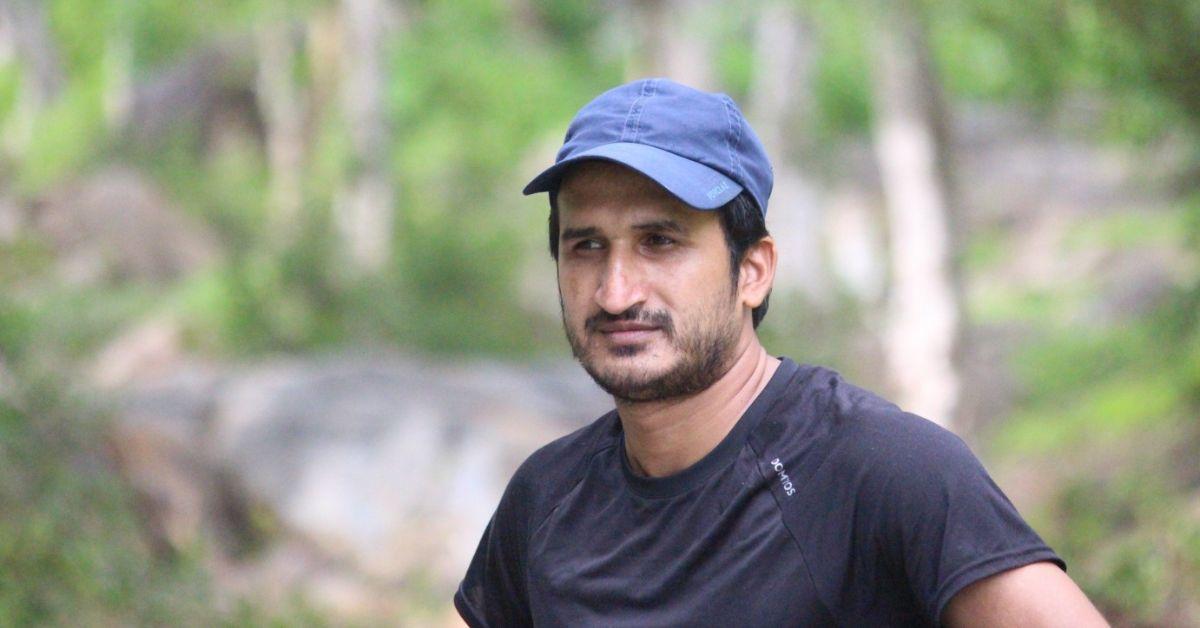Meet an Educator is a monthly series by Early Bird, where we feature the work of educators across India who are actively spreading the joy of birds and nature. This month’s featured educator is Manohar Pawar, a nature educator from Dewas, Madhya Pradesh. His journey into environmental conservation began with snake conservation and research in western Madhya Pradesh. He currently works with the Foundation for Ecological Security.
The original Hindi version of this interview can be found here.
Do tell us about yourself, where you are from, and your work
My name is Manohar Pawar, I am from Dewas, Madhya Pradesh. I completed my education in microbiology and zoology, fields that have fascinated me since childhood. My educational background in microbiology and zoology has equipped me with the knowledge and skills to explore and understand various aspects of life. This foundation, combined with childhood experiences, has given me a clear direction for my career. My interest in these subjects was not just an academic subject; it was a natural extension of my lifelong engagement with nature. Local customs and traditions have also played an important role in shaping who I am today. These cultural practices instilled in me a sense of responsibility to preserve the environment.
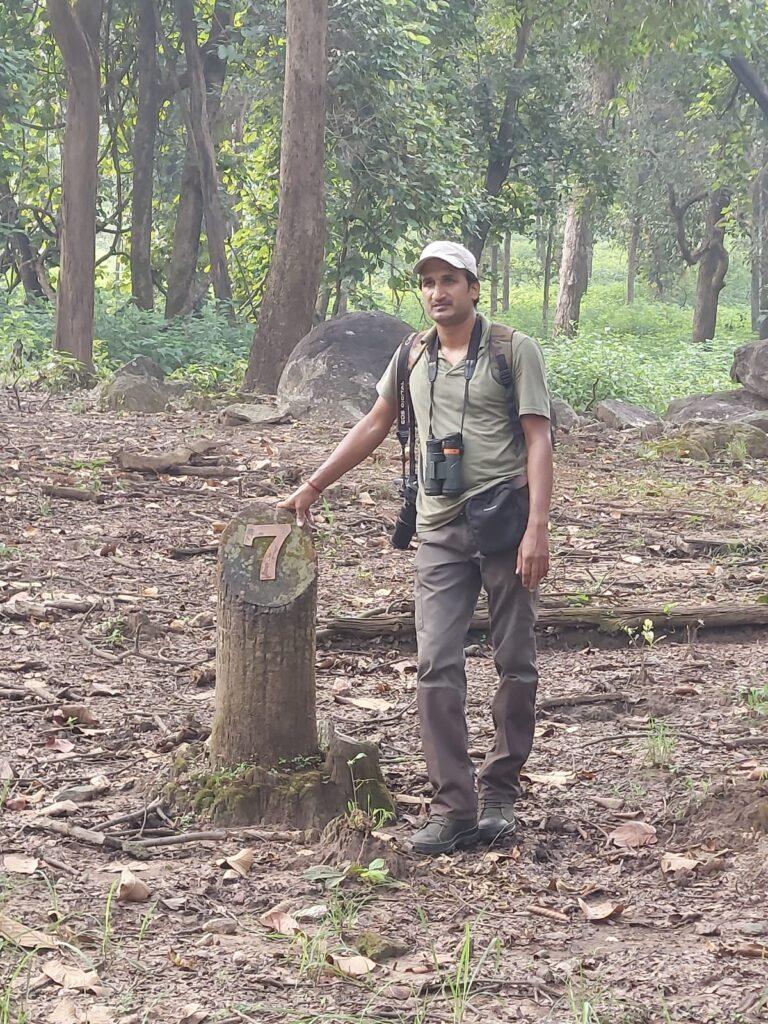
What excites you about the natural world?
From an early age, I was drawn to the wonders of the natural world. I spent countless hours playing games that brought me closer to nature, such as searching for butterflies and dragonflies, colloqially called “Helicopter”. These experiences were not just games; they were my first lessons in observation and curiosity about the living world.
One of the most interesting childhood memories is my fascination with the Red-wattled Lapwing, a bird often associated with the onset of the rains. Watching these birds and understanding their behaviour taught me about the complex relationship between wildlife and the environment, leading to a desire to delve deeper into the science of biology and ecology.
As I move forward in my career, I am excited to continue building on this foundation, using my skills to work in the fields of microbiology, zoology, and environmental conservation.
When and how did you get interested in bird/nature education?
After completing my early education, my journey into the world of environmental conservation did not begin with a conventional job. Instead, it began with a stint at IIT Mumbai and then volunteering at ‘Sarp Anusandhan Sangathan’, an organisation focused on snake conservation and research in western Madhya Pradesh, in 2011. This was my first formal foray into the fascinating world of reptiles and the environment.
Volunteering was a valuable experience that deepened my knowledge of the incredible diversity and complexity of reptiles. Working closely with experts in the field, I gained practical experience and knowledge about snake behaviour, habitat conservation and the vital role these creatures play in the ecosystem. It was not just an opportunity to learn, but a deep realisation of the interconnectedness of life and the importance of conserving biodiversity.
This experience reinforced a childhood fascination with nature and strengthened my commitment to a career in it. The world of reptiles was just the beginning; This laid the foundation for my ongoing exploration into various aspects of environment and ecology, which continues even while working at the Foundation for Ecological Security.
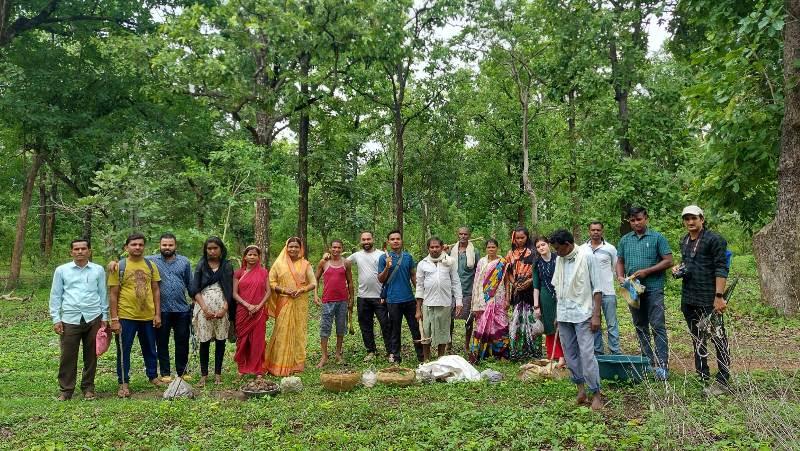
What do you hope to achieve through your education work?
As I move forward in the field of environmental conservation, my aspirations are not just about personal accomplishments or achieving career goals. Instead, they are deeply rooted in a vision that begins in childhood.
This is no easy task, but I believe that connecting people, especially children, to nature from an early age will undoubtedly sensitise them. By doing so, we can work towards creating an ecologically autonomous community that prioritises sustainable development. We need to think about a system with ecological awareness that understands the delicate balance between human activities and natural ecosystems and strives to maintain this balance through conscious decisions and actions.
Why do you believe it is important for children to learn about birds or connect with nature?
From a young age, everyone should have a genuine concern for nature and the environment around them. This awareness should not be limited to formal education, but should be an integral part of our lives. We interact with nature in many ways every day, whether we realise it or not, and fostering this connection is vital for harmonious coexistence.
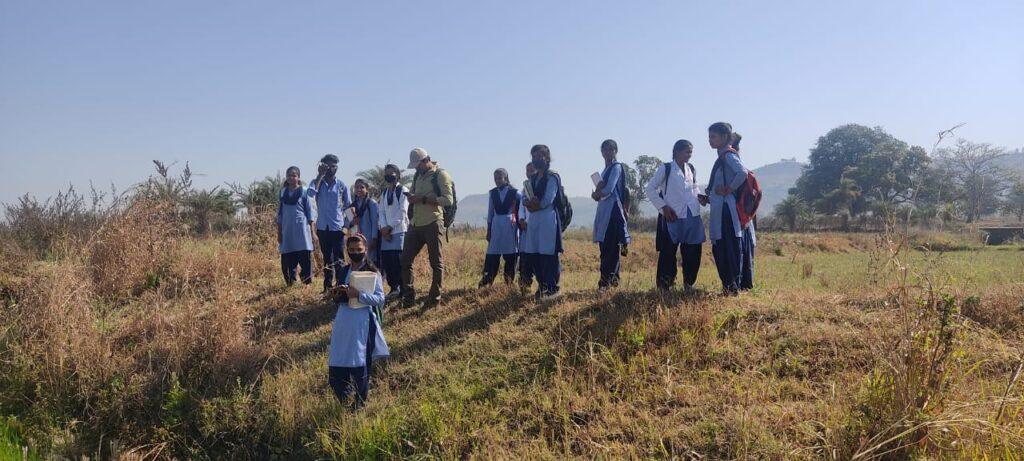
What tools or resources have helped you in teaching about birds? Can you describe an approach that has worked exceptionally well for you?
Of course, the goal of promoting environmental education and awareness is also an important part of our daily lives. Through various initiatives and public science projects, the effort is to empower individuals to make choices that positively impact future generations. In this technological age, there is no dearth of sources of knowledge, but still people’s connection with nature is decreasing. In recent times, public science projects have proved to be a meaningful effort in this direction, which gives a new and more informed perspective or medium to nature through our fingertips. It is also somewhat easy to provide entertainment, information along with a scientific aspect.
Have you encountered a significant challenge as a bird/nature educator, how did you overcome it?
As people are aware of what is happening around us and to some extent it is taught in formal education but at the local level it becomes more important that whatever information we are giving makes them feel more connected to nature around them. Knowing the information and establishing a connection with them is always a challenge because unless there is a correlation with the knowledge of that area, it may not be as effective.
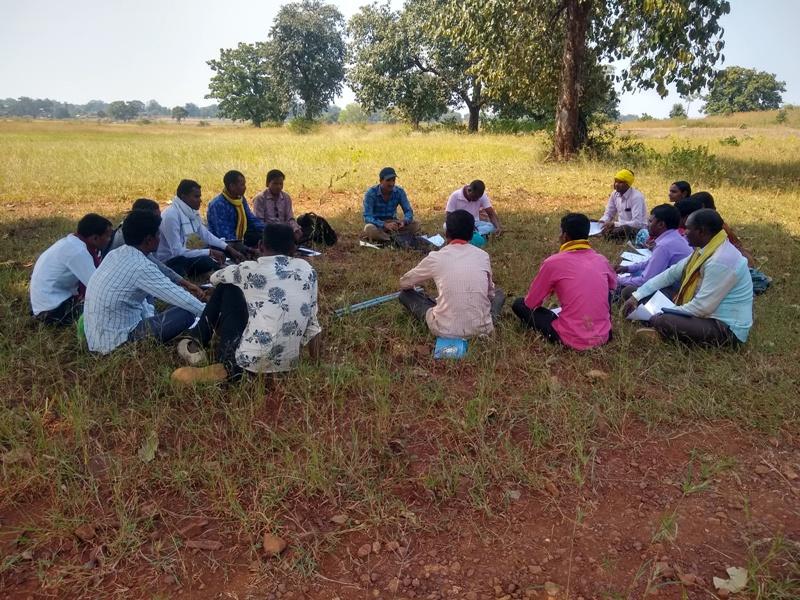
Do share any memorable moment or experience you have had in teaching kids about birds/nature. Can you recall any insightful instance that shaped your perspective?
Exploring nature has always been an enlightening aspect. One of the most memorable experiences was working with college students on a butterfly and other fauna survey in Mandla. This experience is remarkable not only because of its unique insights but also because it showcased the students’ remarkable knowledge and creativity.
In nature’s lab, surprises are endless, and the learning opportunities are vast. This particular survey involved exploring the rich biodiversity of the Mandla region, with a focus on butterflies and other fauna. As we progressed in this project, I was constantly amazed by the students’ enthusiasm and their understanding of the local fauna.
What made this experience really special was the local way the students remembered the names and characteristics of different species. They had a good understanding of the local wildlife, often using local creative ways and traditional knowledge to identify and differentiate between species.
This approach not only showcased their knowledge but also reflected their deep connection with the environment. This experience strengthened my belief in the importance of hands-on learning and engaging with nature as a living classroom. It will help in building the capacity of the younger generation to contribute to conservation efforts and foster a passion for biodiversity from an early age.
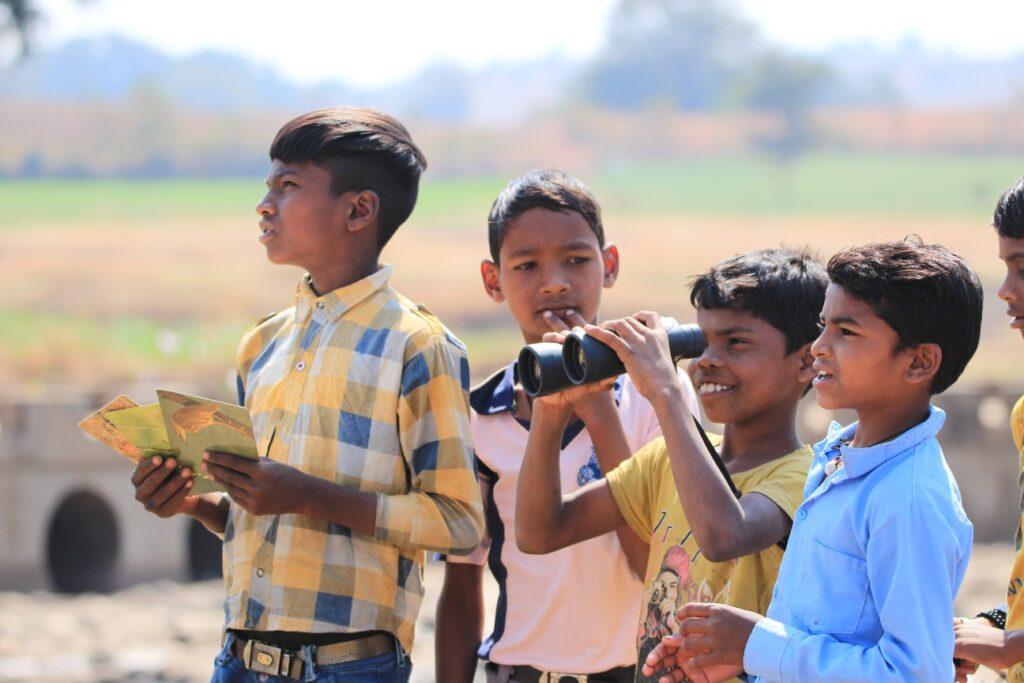
Have you noticed any changes in your learners after they received exposure to birds and nature-based learning? If yes, what are they? If not, why do you think that is?
Since 2021, I have been mentoring college students, guiding them through various environmental projects and research studies. This experience has been incredibly rewarding, giving me the opportunity to see first-hand the transformative impact that local knowledge and scientific facts have on students. When we first started working together, many students came in with a basic understanding of their local environment. They had traditional knowledge and cultural heritage that was deeply rooted in their communities.
One of the changes that has occurred in students has been an improvement in their ability to connect local knowledge with practical applications in nature. By combining traditional knowledge with scientific concepts, students have developed a more holistic understanding of environmental issues. This integration has empowered them to see the connections between their studies and real-world ecological challenges.
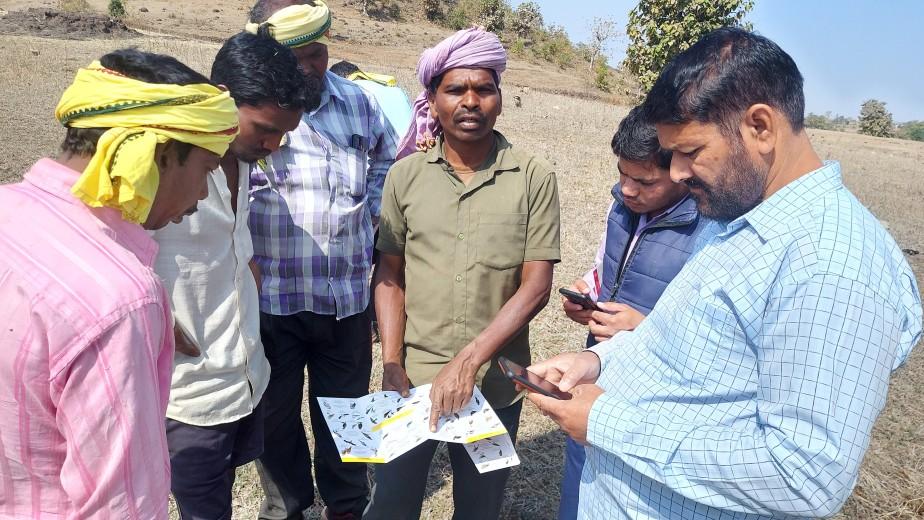
What message would you have for your fellow educators, or somebody starting out in their nature education journey?
The beauty of nature is its ability to surprise and teach us in unexpected ways. Every time we step outside, we enter a living classroom filled with endless opportunities for discovery. Whether it’s the flight of a butterfly, the song of a bird, or the intricate web of a spider, these simple observations can serve as powerful insights that also foster a deeper understanding of the environment. For those just starting out, the easiest way to start is by doing simple things right where you live. You don’t need a lot of equipment or big plans to make a meaningful impact. The wonders of nature are all around us, waiting to be discovered and understood.

